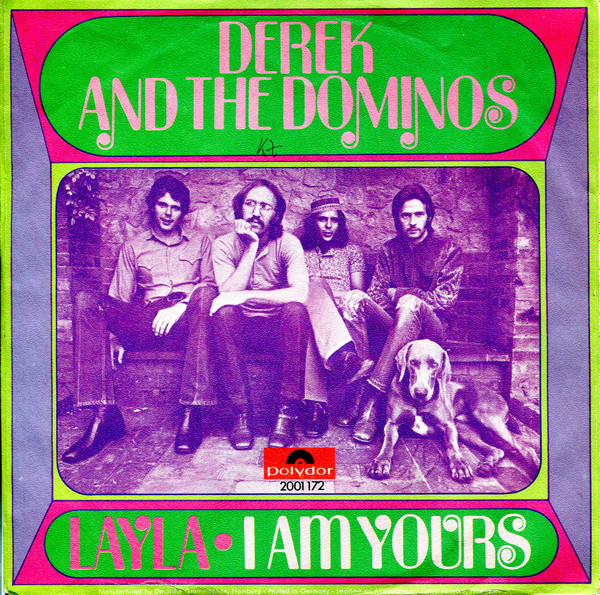 | Me and Bobby McGeeJanis Joplin |
Writer(s): Kris Krisofferson, Fred Foster (see lyrics here) Released: January 12, 1971 First Charted: January 29, 1971 Peak: 12 BB, 3 CB, 3 GR, 11 HR, 1 CL, 6 CN, 12 AU, 1 DF (Click for codes to charts.) Sales (in millions): 1.0 US Airplay/Streaming (in millions): -- radio, 40.4 video, 241.0 streaming |
Awards:Click on award for more details. |
About the Song:Janis Joplin “was a bawdy, hard-drinking Texas mama who swore like the boys and savaged her white vocal chords to sing the blues.” FB She was born on January 19, 1943, in Port Arthur, Texas. She said she was a sensitive child who was different and “they don’t treta beatniks too good in Texas.” FB She was originally interested in painting and poetry before, at age 17, she turned to music via jazz, Leadbelly, and Odetta. She briefly went to college before landing in the middle of the San Francisco hippie culture in 1966. She joined the group Big Brother & the Holding Company that year, made a name for herself at the Monterey Pop Festival the next year, and released her first solo album in 1969. She was working on her second solo album, Pearl, when she died at 27 years old from a heroin overdose on October 4, 1970, in Hollywood’s Landmark Hotel. A day before her death, she recorded “Me and Bobby McGee,” which in March 1971 became the second posthumous #1 on the Billboard Hot 100. Otis Redding was first with “Sittin’ on the Dock of the Bay.” The song was co-written by ex-lover Kris Krisotfferson, a country singer/songwriter, actor, and Rhodes scholar. Kristofferson said Fred Foster, his music publisher, came up with the title and then Kris wrote “a superb narrative of a cross-country journey with a restless spirit constantly in search of new experiences, a doomed but unforgettable relationship.” SS The story was inspired by Fellini’s La Strada movie and set to the rhythm of Mickey Newbury’s “Why You Been Gone So Long.” DT He said some of his songwriting friends wanted him to omit the line “Freedom’s just another word for nothing left to lose,” which became “one of the indelible song lyrics of a generation.” SS His friends said, “You got these great concrete images and then you change to the philosophical statement in the chorus.” TB Country singer Johnny Cash, however, believed in the song and convinced Roger Miller to record it. Cash also gave Krisofferson a slot at the 1969 Newport Folk Festival which kicked off his career. By 1970, he was a successful recording artist and Joplin recorded in one take what is now considered the definitive version of “Me and Bobby McGee” TB and her “career-defining song.” SS Resources:
Related Links:First posted 9/19/2023. |










